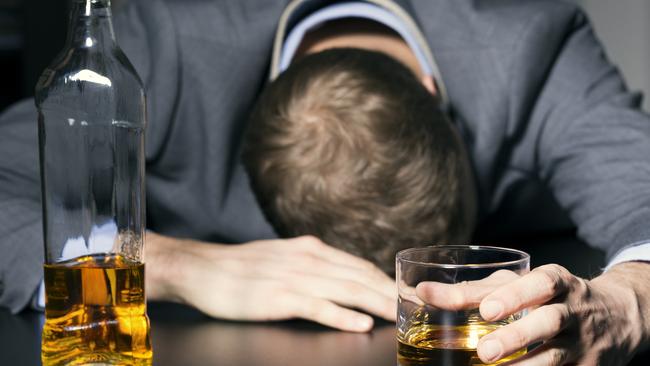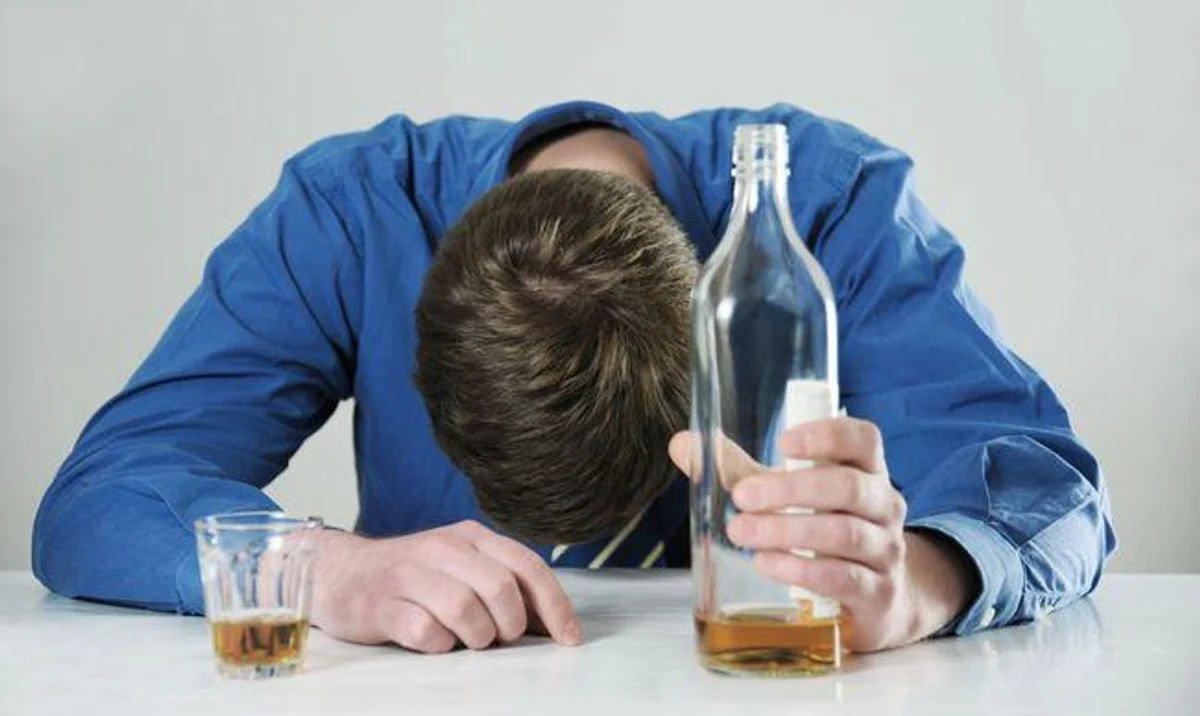In the world of spirited indulgence, a pertinent question echoes: “How long does it take to sober up from whiskey?” As the amber elixir dances between enjoyment and its effects, understanding the timeline of sobriety becomes paramount. This inquiry delves into the intricate interplay of metabolism, alcohol absorption, and the body’s recovery process.
Unraveling the science behind alcohol’s departure, we navigate through the hours it takes for clarity to emerge once the whiskey’s embrace has faded. Join us in exploring the temporal dimensions of whiskey’s influence and the journey to regaining sobriety’s steady helm.
Table of Contents
ToggleThe Basics of Alcohol Metabolism
Alcohol metabolism is a fascinating process orchestrated by the body to break down and eliminate ethanol, the intoxicating component in beverages like whiskey. Upon consumption, alcohol rapidly enters the bloodstream through the stomach and small intestine. The liver, a crucial player in this metabolic symphony, assumes the responsibility of metabolizing alcohol to minimize its effects.
Alcohol is broken down by the liver in two steps into harmless byproducts. In the early stage, alcohol dehydrogenase (ADH) enzymes catalyze the breakdown of alcohol into acetaldehyde. Acetaldehyde is a toxic intermediate metabolite that contributes to the harsh alcohol-related side effects of nausea and burning. In the second stage, the enzyme aldehyde dehydrogenase (ALDH) continues to break down acetaldehyde into acetic acid, which the body can either utilize or excrete.
Factors Influencing Sobering Up Time
The process of sobering up from whiskey is subject to a myriad of factors that collectively dictate the duration it takes for the effects of alcohol to dissipate. Individual characteristics such as age, weight, and metabolism exert significant influence. Younger individuals and those with faster metabolic rates generally process alcohol more swiftly, while age and slower metabolism can elongate the time it takes.
The alcohol content and volume in whiskey wield considerable impact. Whiskey’s potency, often around 40-50% alcohol by volume, accelerates its absorption into the bloodstream, intensifying its effects. Larger quantities of whiskey prolong the metabolization process, as the liver can only break down alcohol at a finite rate.
Food consumption emerges as a critical variable in the equation. Eating before or during alcohol intake delays the absorption of alcohol in the stomach. Food acts as a buffer, slowing down the alcohol’s entrance into the bloodstream and consequently extending the time required for the body to process the alcohol.
This phenomenon moderates the intensity of intoxication and lengthens the duration necessary to achieve sobriety. The dynamics of sobering up from whiskey are intricate, shaped by a constellation of elements. Age, weight, metabolism, alcohol content, volume, and dietary factors collectively determine the timeframe within which one transitions from inebriation to clarity. Recognizing these factors fosters responsible drinking habits and underscores the importance of understanding one’s body and its individual response to alcohol.
Blood Alcohol Concentration (BAC) and its Effects

A crucial measure that measures the amount of alcohol in the bloodstream and is a major indicator of intoxication levels is blood alcohol concentration (BAC). The abbreviation “BAC” refers to blood alcohol content and is synonymous with impairment. Blood alcohol content (BAC) is typically metabolized by the body at a rate of 0.015 kilograms per deciliter, or g/dL, each hour.
This shows that if someone had a blood alcohol content of 0.08 g/dL, which is typically the level suggested for driving, it would take them roughly 5.33 hours to recover to zero. However, there are individual variances because of variables like nutritional consumption, age, weight, and metabolic processes. Typically, 0.05 to 0.08 g/dL is the legal BAC limit for driving in different jurisdictions.
Timeframes for Sobering Up
The length of time it takes to recover from alcohol depends on the individual and the intricacy of the elements involved. The body metabolizes blood alcohol content (BAC) at a rate of about 0.015 grams per deciliter (g/dL) every hour. When your blood alcohol level drops from 0.08 g/dL to 0., it can take 5.33 hours.
However, due to variables including age, weight, metabolism, and food intake, there is no precise procedure for sobering up. This estimate is merely a rough guide. The “one drink per hour” recommendation is a condensed method. It implies that one conventional drink, which contains roughly 0.5 ounces of pure alcohol, may usually be processed by the body in an hour.
However, it’s crucial to keep in mind that each person’s reactions to alcohol can vary greatly, and even low BAC levels have the potential to impair cognitive and motor abilities. In order to avoid operating heavy machinery or making crucial decisions while intoxicated, it is usually best to give yourself enough time to sober up.
Common Myths and Misconceptions
Several misconceptions surround the idea of “sobering up” quickly, perpetuating ineffective methods. Cold showers, coffee, and energy drinks are often mistakenly believed to hasten alcohol metabolism. However, these tactics do not accelerate the body’s breakdown of alcohol.
Cold showers might momentarily make you feel more alert, but they don’t lower your BAC. Similarly, caffeine in coffee or energy drinks may mask the feeling of intoxication, but it doesn’t alter your BAC or make you sober. The most reliable way to sober up is time and rest.
The body metabolizes alcohol at a consistent rate, and no external methods can truly expedite this process. Prioritize rest, hydration, and time before engaging in activities like driving or making important decisions. Relying on myths can be dangerous and ineffective, while patience and responsible choices remain the most effective ways to navigate alcohol’s influence.
Safety Considerations
Attempting to hasten the sobering-up process can pose serious risks. Rushing the body’s natural alcohol metabolism with unproven methods can lead to a false sense of sobriety, potentially resulting in impaired judgment and dangerous decision-making.
Engaging in activities like driving or complex tasks while still under the influence can lead to accidents and injuries. It’s vital to recognize that alcohol impairs cognitive and motor functions regardless of how alert one feels. To prioritize safety and well-being, responsible drinking practices are crucial. Allow time for alcohol to metabolize naturally, make informed choices, and avoid risky activities until fully sober.
Conclusion
In the labyrinth of alcohol’s effects and the journey to clarity, the question of how long it takes to sober up from whiskey uncovers a delicate balance of science and individual nuances. The interplay of metabolism, BAC reduction, and various factors demystifies the sobering process.
Yet, amidst myths and misconceptions, a clear truth emerges: patience and responsibility are paramount. Understanding that time, not quick fixes, is the ultimate ally in achieving sobriety reinforces the significance of informed choices. By embracing these insights, we navigate the path from intoxication to sound judgment, fostering a culture of safety and well-being.

I am a passionate beer connoisseur with a deep appreciation for the art and science of brewing. With years of experience tasting and evaluating various beers, I love to share my opinions and insights with others and I am always eager to engage in lively discussions about my favorite beverage.
















